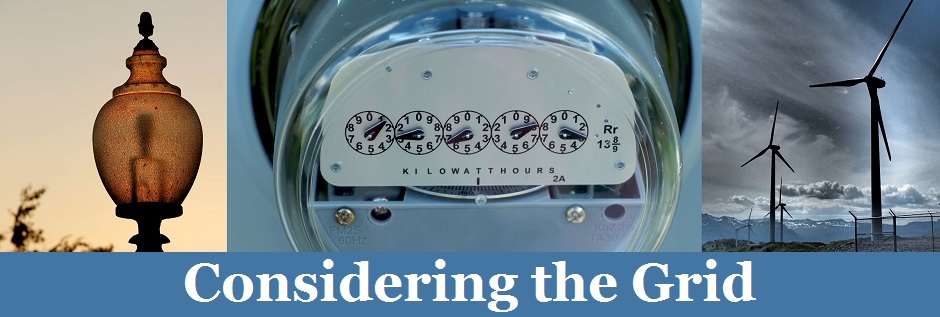Building on its earlier “skinny” budget, the White House Office of Management and Budget released today the President’s full budget for Fiscal Year 2018 [link eliminated], entitled A New Foundation for American Greatness. The President’s proposed budget (which will now go to Congress for its consideration) discusses the President’s policy aims, sets spending priorities for FY 2018, and forecasts a ten-year budget planning window with a projected $3.6 trillion in spending reductions over that time period. The President’s budget is accompanied by:
- An Appendix with detailed budget estimates by Agency;
- Analytical Perspectives covering the assumptions underlying the budget, presenting certain of the data used to develop the budget, and offering analyses of certain specific subject areas addressed in the budget including a discussion on federal grants to state and local governments; and
- Major Savings and Reforms describing the budget’s major discretionary and mandatory savings and reform proposals and “highlight[ing] 2018 savings of $57.3 billion in discretionary programs, including $26.7 billion in program eliminations and $30.6 billion in reductions.”
With respect to particular agencies, the budget includes the following energy-related proposals and requests:
- Eliminate the Rural Economic Development Loans Program.
- Eliminate the Advanced Research Projects Agency – Energy (ARPA-E);
- Reduce funding by $2 billion for DOE’s four applied energy research and development areas (Energy Efficiency and Renewable Energy, Fossil Energy, Nuclear Energy, and Electricity Delivery and Energy Reliability) which includes eliminating the Weatherization Assistance Program and State Energy Program;
- Increase funding at FERC to focus on “pursu[ing] new projects that will advance new priority IT initiatives,” and to complete the FERC-office building modernization effort; and
- Divest Southwestern Power Administration (SWPA), Western Area Power Administration (WAPA), and Bonneville Power Administration’s (BPA) transmission assets and repeal WAPA’s (American Recovery and Reinvestment Act of 2009) authority to borrow up to $3.25 billion in emergency funds.
Department of Health and Human Services:
- Eliminate the Low Income Home Energy Assistance Program (LIHEAP).
- Repeal the Gulf of Mexico Energy Security Act to revise the revenue sharing requirements for U.S. Outer Continental Shelf (OCS) oil and gas revenues and eliminate the benefit directed to the Gulf Coast states,
- Authorize oil and gas leasing in the Arctic National Wildlife Refuge, and
- Eliminate funding for grants associated with coal abandoned mine land (AML)
Department of State, U.S. Agency for International Development (USAID), and Treasury:
- Eliminate funding to the United Nations’ Green Climate Fund, Clean Technology Fund, Strategic Climate Fund, and to the Global Climate Change Initiative.
Environmental Protection Agency:
- Eliminate the Energy Star Program and other voluntary partnership programs related to energy and climate change,
- Reduce by $130 million EPA’s environmental enforcement activities, and
- Reduce clean air and global climate change research and development funding by $115 million and clean air state and tribal assistance grants by $60 million.

